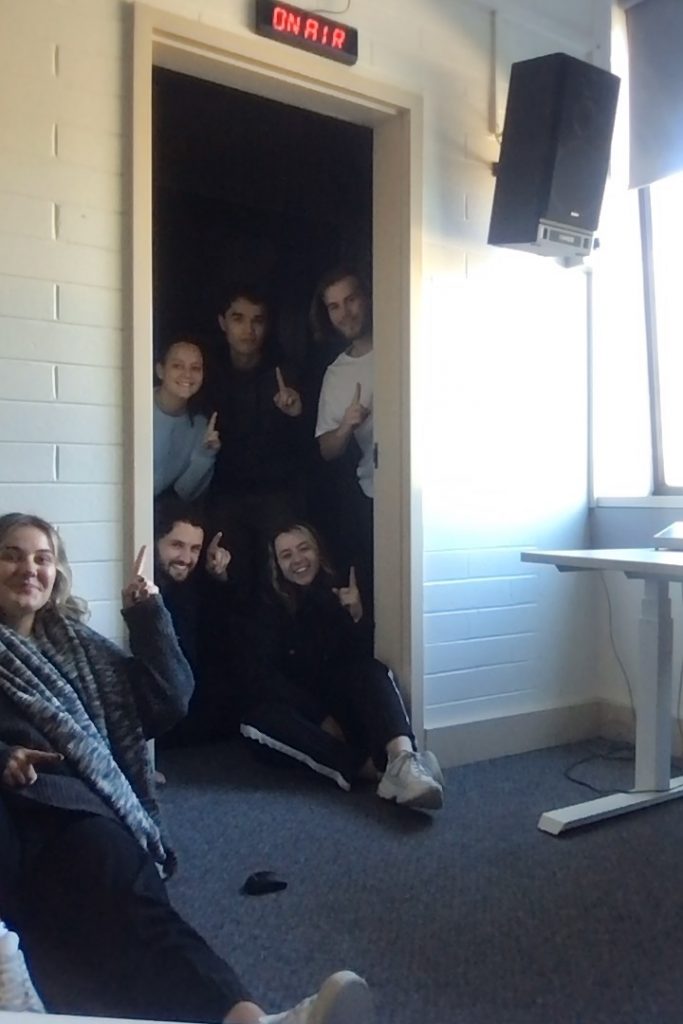Uncertainty and fear around UC-CIT merger
THE UNIVERSITY of Canberra (UC) and Canberra Institute of Technology (CIT) amalgamation proposed by Professor Denise Bradley in July this year is surrounded by a lot of uncertainty and questions, NATALYA YESKINA reports.
Why the merger is on the table?
Following the ACT Tertiary Taskforce and the Hawke Review, Bradley’s report to the ACT Government analysed the UC and CIT options for the future cooperation and development in the highly competitive educational sector in Australia.
Professor Bradley suggested that despite both UC and CIT being regarded as “relatively successful” and not in any financial or reputational crisis, a merger is the preferable outcome for both institutions to remain competitive and viable.
The reasons behind this suggestion were that CIT is “vulnerable” given its “tight current financial situation” and UC’s “weak research performance”.
What are the future model and potential benefits of a new dual-sector institution?
The Bradley listed the benefits of amalgamation such as: new courses, better quality education, more pathways, and an enriched student experience.
The CIT Chief Executive, Adrian Marron, said that there was a potential to create a new innovative institution that combines strengths of UC and CIT in some kind of unique way, and not a carbon copy of existing institutions.
The institution which will allow students not only to progress from certificate to PhD, but also postgraduates students will be able to acquire practical skills in TAFE to supplement their degrees. In addition, it will have research activity to influence all teaching and learning experiences.
This model of education will attempt to satisfy industry demand by providing graduates with not only knowledge but practical skills as well.
The Pro Vice-Chancellor of UC, Monique Skidmore, at the UC student forum shared a similar view of the new institution and further outlined that CIT is more likely to operate as a sub-division within the UC.
As an example, Skidmore mentioned the UC English Language Institute (UCELI), which currently operates within UC. She said that UC couldn’t stay as small as it is now and the merger will allow future growth and allow UC to reach its goal of becoming a bigger research institution.
Professor Bradley suggested that it would benefit ACT’s economy and would promote education as the major industry in the ACT.
Mr Marron said, “In economic sense [the merger] provides a platform to make an education a greater focal point of the local economy”.
Despite the outlined benefits and prospects, uncertainty and fear among the students and staff remain. This is partly because the information on what the new institution may look like was not provided to general public and all the implications had not been properly addressed yet.
What are the financial implications of potential UC-CIT merger?
The CIT is owned by ACT Government. It raises the question about how the transfer of $400 million worth of assets is going to take place.
The CIT chief executive said that it is certainly a significant issue and the Government should have very good plans about how they will be able to do that.
However, the ACT Shadow Minister for Education, Steve Doszpot, questions Professor Bradley’s recommendations, on the basis that she wasn’t even asked to consider the financial details and was denied access to any financial information while working on her report.
“There is no validating information to back up any of the statements that Professor Bradley has made,” he said.
Mr Doszpot calls for publicity and transparency in the interest of the Canberra community and both institutions.
However, Mr Marron believes it is important to have some sense of proposed model before the financial analysis will be made.
UC’s list of demands is another twist that puts pressure on the merger talk.
The UC outlined that the potential merger might cost $20 million. However, this figure was based without access to the CIT’s internal financial data, according to a Canberra Liberal media release.
Mr Doszpot said that this again raised a lot of questions and uncertainty. The information that he requested from ACT Labor Government has still not been provided.
Mr Doszpot continues to call for the proposal to be directed to the Legislative Assembly’s Education Committee for proper scrutiny of the potential financial and educational impacts.
However, UC set the deadline to the ACT Government saying the idea of the merger had been around 20 years and there was no point of waiting anymore.
Mr Doszpot said that if there was a talk about the merger happening in around 20 years, it was a very private talk.
What about the Polytechnic?
The National Tertiary Education Union (NTEU), in its submission raises another issue of UC’s plans to establish UC polytechnic, whether the UC-CIT merger is going to go ahead or not. NTEU said “the CIT-UC/UP Polytechnic model would see the institution in competition and cost cutting against itself, with an inevitable lowering of academic standards and quality of education to follow”.
However, Monique Skidmore said the Polytechnic is something in between University and TAFE and believes there is a place in the market for it.
She said that the fear that the Polytechnic would offer the “same diplomas” will create greater competition within the new institution and would subsume most of the CIT’s courses was misunderstood.
Mr Marron points out, TAFE and Polytechnic diplomas have only the same names, but the curricular structure and content of the degrees are essentially different.
Adrian Marron said he doesn’t have a specific view at this stage in regards to Polytechnic being part of the merged institution. But, he believes a little bit of “competition supposed to make us better”.
What worries him is the competition with other institutions, other than UC.



Be the first to comment!